RESTORATION
Partner with us to design, deliver, and measure kelp habitat restoration
Kelp forests are living habitat that feed, shelter, and support marine life. When they decline, fisheries, biodiversity, and coastal communities suffer. Restoring kelp rebuilds the foundation so ecosystems can thrive.
Why Kelp Restoration?
Community Partnerships
Our projects create a platform to build and reinforce partnerships with coastal communities, First Nations, researchers, and businesses. We bring practical expertise and insight that enables projects, builds trust, and grows local capacity.
Habitat Offsetting
We co-design kelp restoration projects to meet offset and compensation objectives. Plans align with permit conditions, define success criteria, and include monitoring and reporting that regulators trust.
Reinforce Coastal Ecosystems
Healthy kelp forests provide structure, refuge, and nursery grounds that many species rely on. Restoring kelp returns these functions so fisheries and biodiversity can recover and thrive.
Cultural Stewardship
Projects are guided by local priorities and Indigenous knowledge from the start. We work under community protocols and formal agreements so benefits align with cultural values, with training and roles that build lasting capacity.
Reinforcing Coastal Habitat
At West Coast Kelp, we co-design and deliver kelp restoration with First Nations, researchers, and environmental consultants. Our team aligns methods with community goals, regulatory needs, and project outcomes, then brings the infrastructure and field capacity to implement large-scale projects.
We support a full pathway from planning to proof: site selection, in-ocean nursery systems, deployment, monitoring, and reporting. For projects that require habitat offsetting or compensation, we map work to permit conditions and provide clear evidence of performance over time.
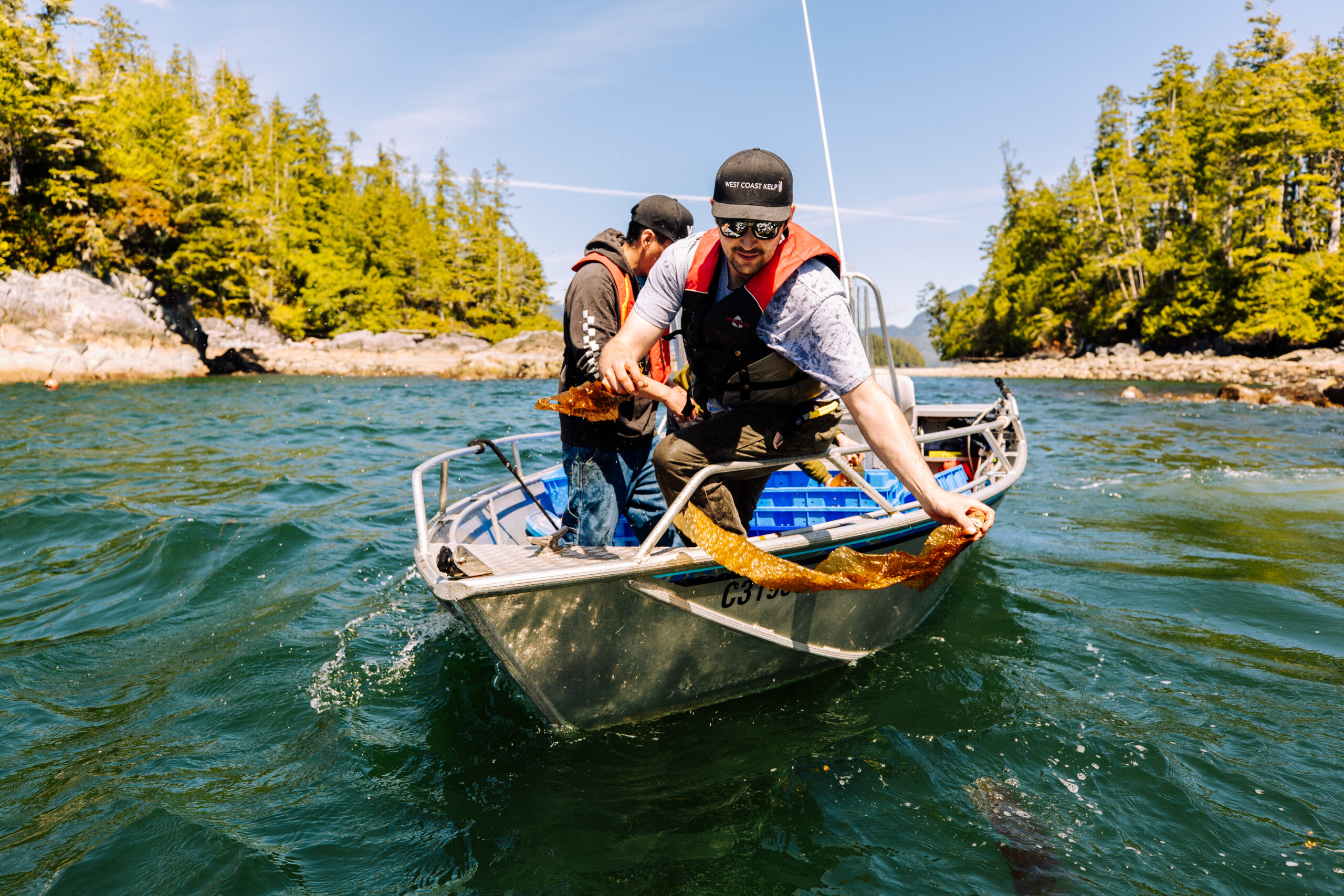
Our Restoration Process
Research, Context, and Consultation
We start with desktop and community research on historical kelp presence, local drivers, and site constraints, then facilitate consultation with Indigenous partners and regional stakeholders to inform project design and implementation and preliminary site selection.
Co-develop a Project Plan
Based on the research and consultation, we build a ‘Project Design and Implementation Plan’ that sets objectives, site selection, infrastructure design, monitoring indicators, budget, schedule, and roles. We can support grant writing and provide letters of support to secure funding.
Permitting
We prepare or support applications and engagement for the required permits, align mitigation and offset commitments, and integrate permit conditions into the project plan and schedule.
Project Implementation
We deliver infrastructure design, installation, and operation of in-ocean systems and restoration structures, coordinate seedling supply, and manage vessels and field crews. Deployment includes maintenance and initiating monitoring with clear status updates.
Project Reporting and Impact Assessment
We conduct ongoing monitoring and provide project reporting that meets partner and regulatory needs. We also support project promotion with accessible summaries, infographics, and short videos to share outcomes with communities and funders.
Get in touch!
Our Impact
As of September 2025
Metric Tons of Biomass Cultivated
Kelps Planted
Meters of Seeded Twine Sold
Kelp Restoration Projects Supported
West Coast Kelp offers a comprehensive suite of services for kelp forest restoration and marine habitat enhancement. From cultivation expertise to project design and implementation, we provide high-impact solutions tailored to a wide range of restoration initiatives.
What Our Clients Say
Here's how our work is making a difference
I am so grateful to West Coast Kelp for their knowledge and passion for kelp restoration! Without WCK, our restoration projects would not have had the same successes.
Having access to high-quality kelp seed and a project partner who are excited to try innovative techniques has advanced our projects in ways I hadn't even dreamed of!
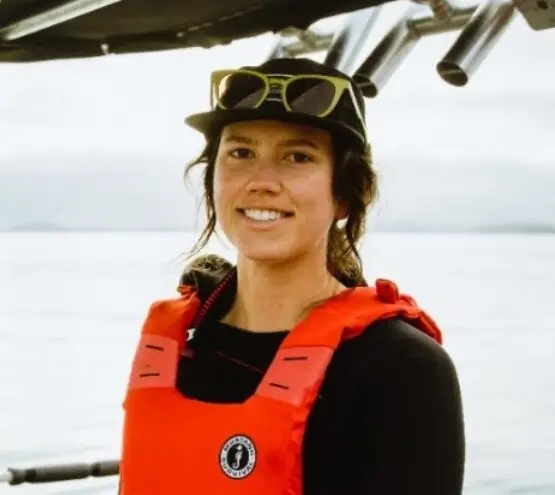
At ASL, we worked with West Coast Kelp to test and deploy an real-time autonomous observatory for measuring and transmitting acoustic backscatter directly from aquaculture sites.
WCK provided access to the kelp farm in Barkley Sound, expertise in designing the mooring, and skillful field services to deploy the equipment.
Our work together allowed us to co-market our new technology in the kelp sector and helped support sales/leases of equipment and services to industry clients. We look forward to future opportunities to work together!
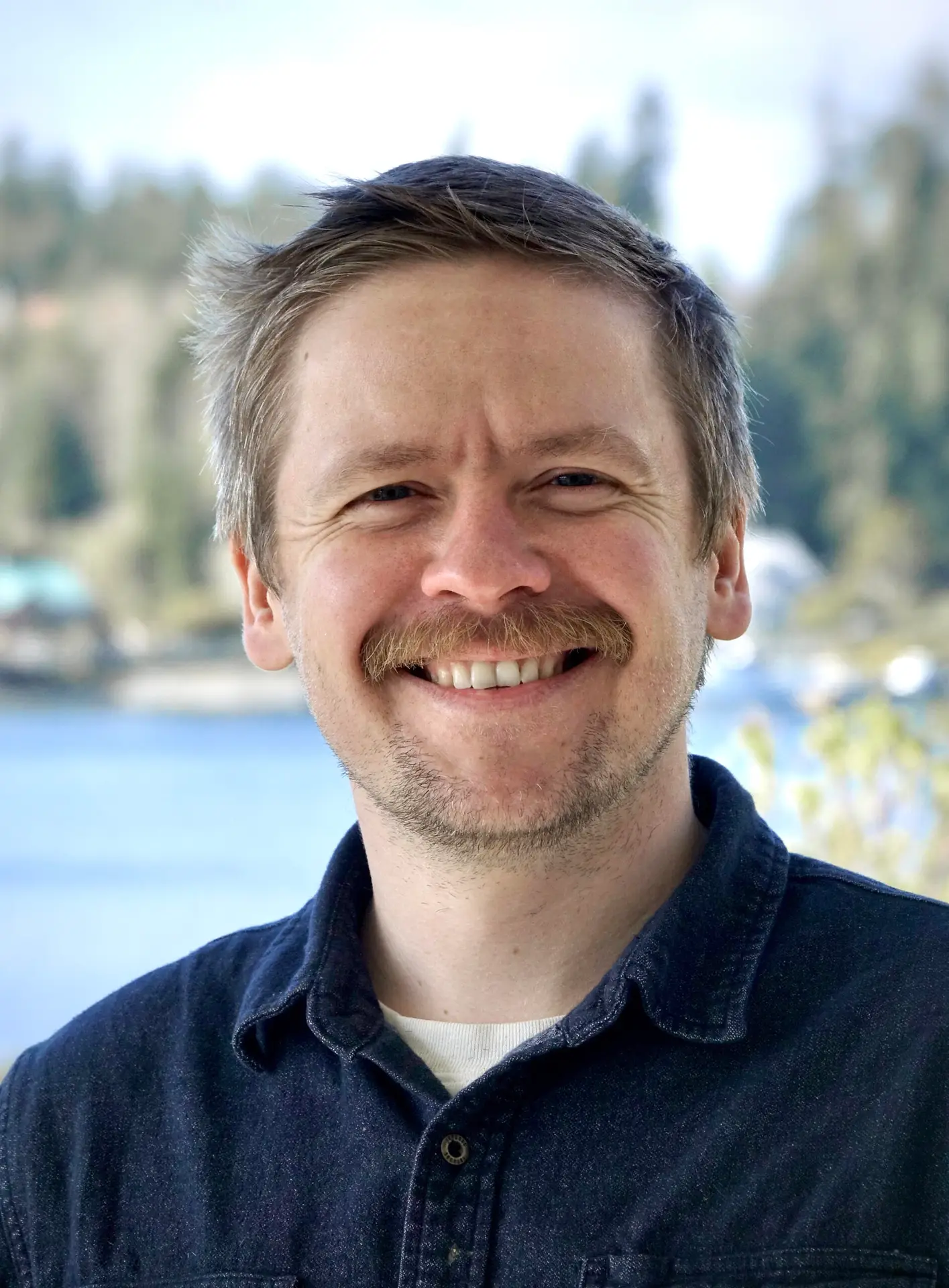
West Coast Kelp played a major role in the successful and effective implementation of Huu-ay-aht's kelp monitoring program. Their science background and community forward approach proved to be invaluable to our program's development. West Coast Kelp's work with community, and in particular their youth mentorship, was impactful throughout our first year of kelp habitat mapping, sea urchin harvests, and community engagements.
We are grateful to have the opportunity to work with and learn from West Coast Kelp!
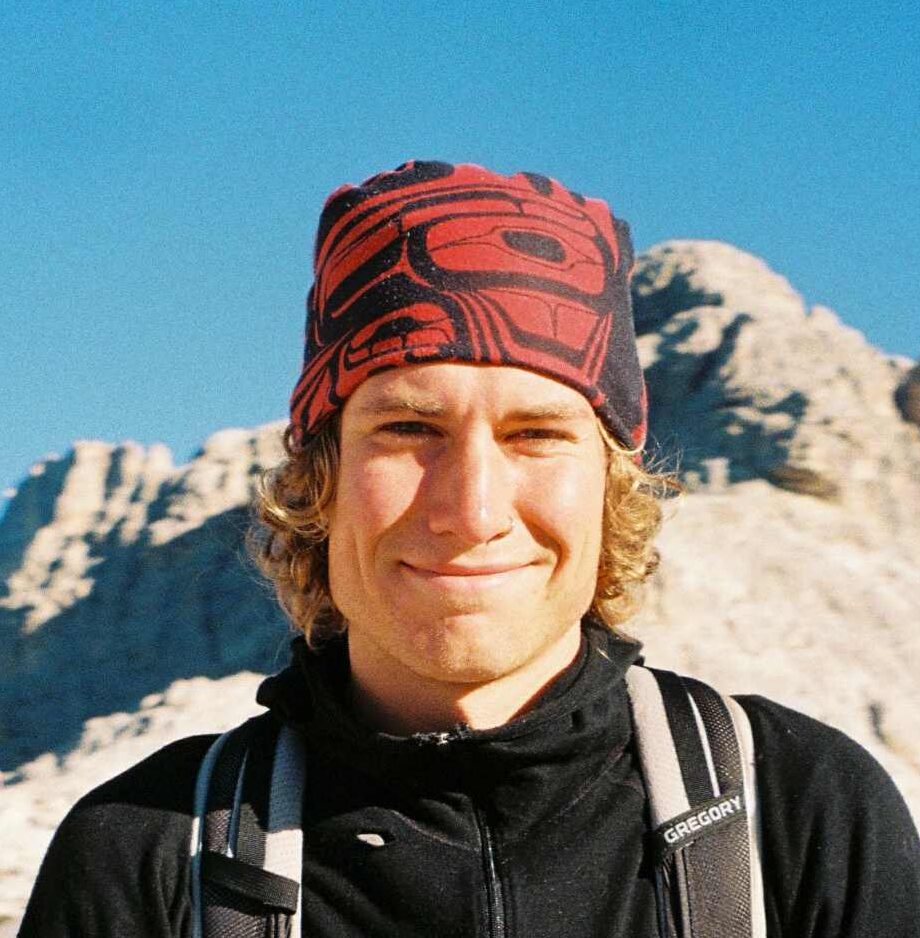
West Coast Kelp has been a valuable partner and supporter for the past two years. As part of Ocean Wise's kelp forest restoration project in Barkley Sound, we hired West Coast Kelp to grow giant kelp from seed to farm. They delivered the healthy adult kelp we needed for our project and was a crucial part of its overall success!
Even beyond the projects, WCK has always been generous with their time and advice, helping me troubleshoot and answering questions as I learned to set up our own nursery. I can’t say enough good things about their dedication, kindness, and hard work, and I’m excited to keep cheering on West Coast Kelp as they grow!
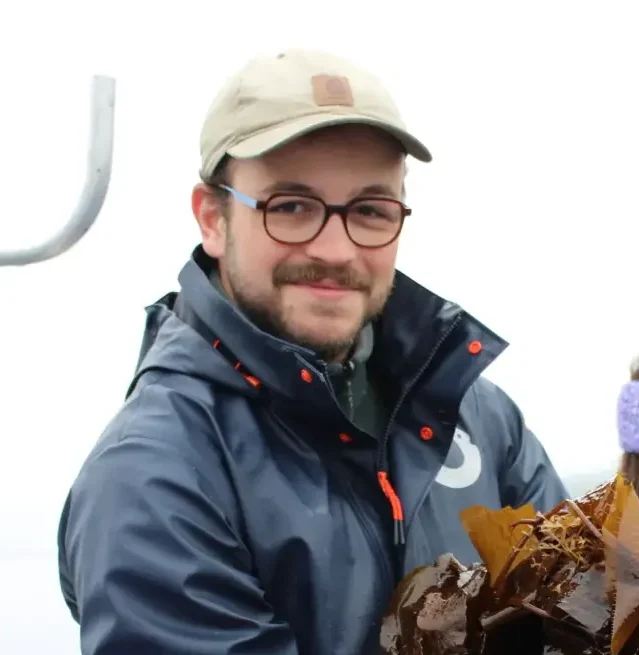
Working with West Coast Kelp has been such a great experience. Their team is professional, knowledgeable, and always keen to tackle new challenges.
WCK is helping to push kelp production, research and restoration to the next level. We have worked with WCK for over 3 years and have only positive things to say about our experience!
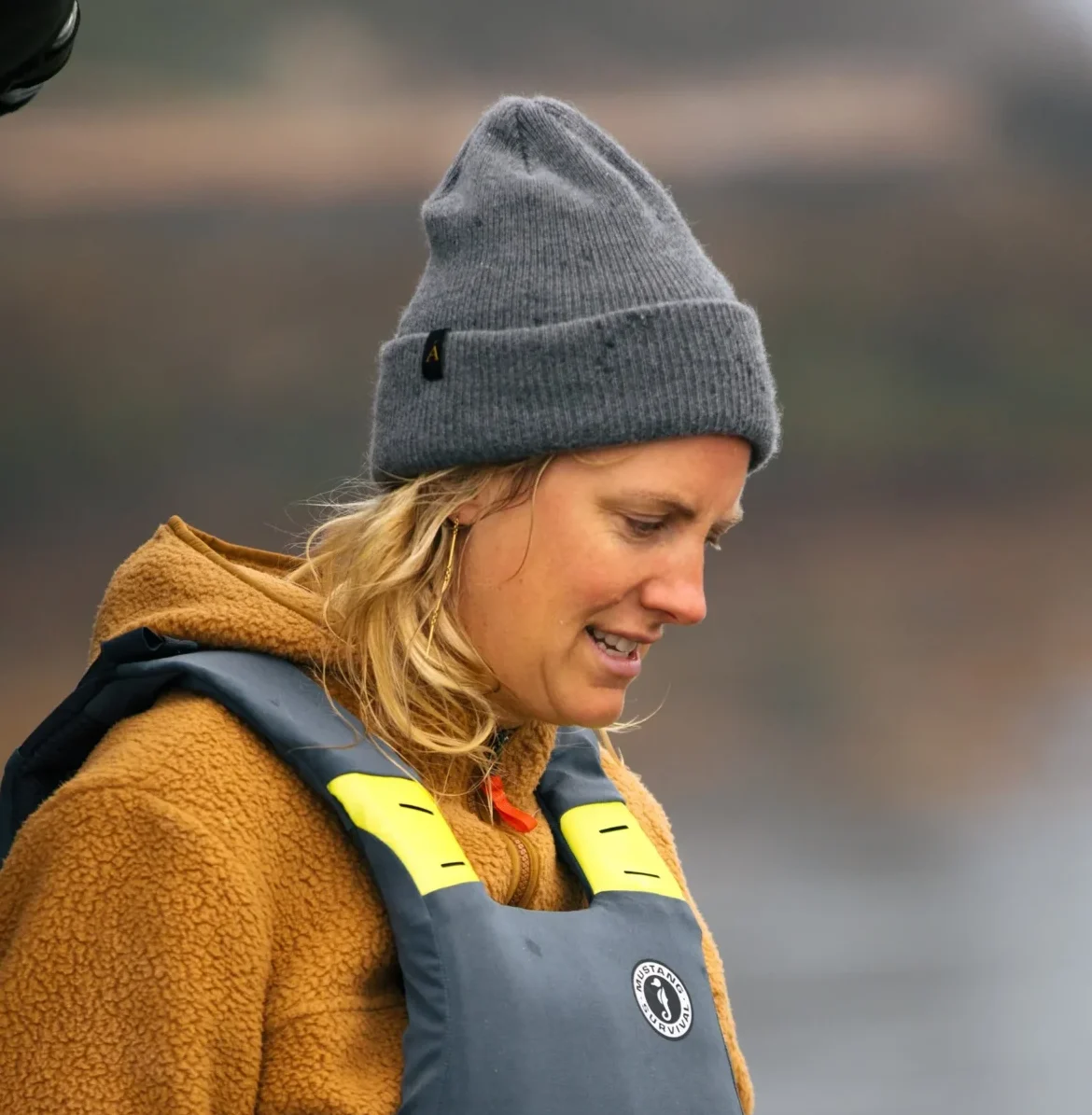
I have had the pleasure of working with West Coast Kelp on kelp restoration projects in Barkley Sound. Their deep knowledge and expertise were invaluable in guiding the success of our work.
WCK not only provided the giant kelp for our project but also supported us with logistics planning, materials acquisition, site selection, and implementation. They are reliable, collaborative, and a joy to work with, and I would be happy to recommend WCK to any of my colleagues in the kelp restoration field.
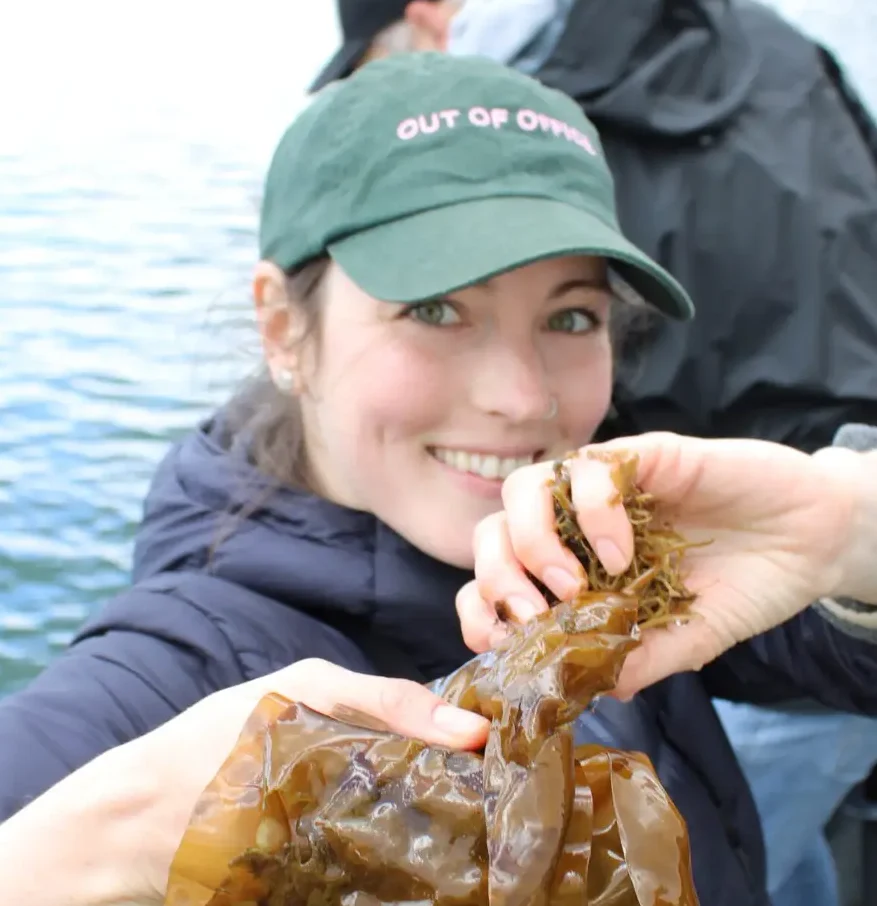
We always have a fantastic experience working with West Coast Kelp as our giant kelp (Macrocystis pyrifera) seed (gametophytes) provider.
Their team is knowledgeable, reliable, and committed to high-quality cultivation. The seed is always healthy and consistent, and their support makes the whole process smooth. Highly recommend!
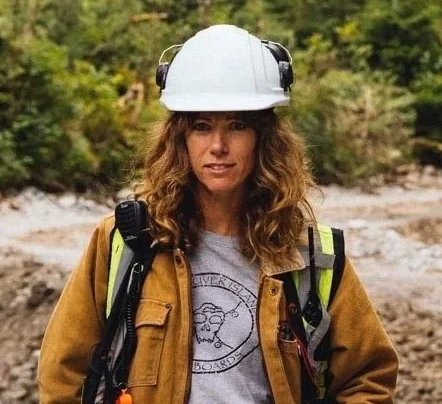
Get in touch!
Subscribe to our Quarterly newsletter
HOLDFAST
Anchored in restoration. Rooted in the coast.
